New carbon nanotube sensors can detect single protein molecules
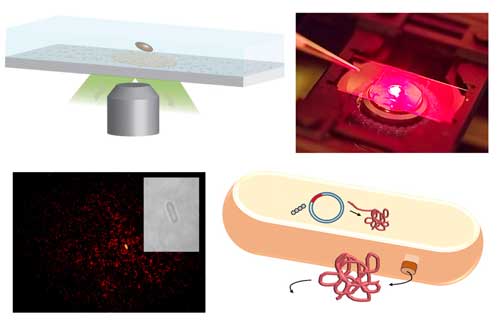 Engineers have designed sensors that can detect single protein molecules as they are secreted by cells or even a single cell.
Engineers have designed sensors that can detect single protein molecules as they are secreted by cells or even a single cell.
Jan 24th, 2017
Read more
 Engineers have designed sensors that can detect single protein molecules as they are secreted by cells or even a single cell.
Engineers have designed sensors that can detect single protein molecules as they are secreted by cells or even a single cell.
Jan 24th, 2017
Read more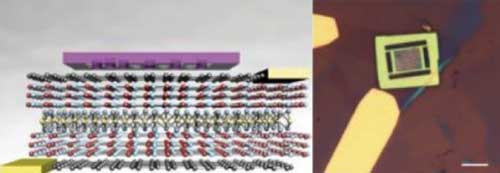 Researchers have discovered an important first step towards building electrically pumped nanolasers (or light-based sources). These lasers are critical in the development of integrated photonic based short-distance optical interconnects and sensors.
Researchers have discovered an important first step towards building electrically pumped nanolasers (or light-based sources). These lasers are critical in the development of integrated photonic based short-distance optical interconnects and sensors.
Jan 24th, 2017
Read more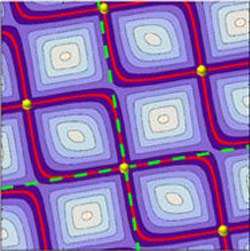 Researchers have developed a new way to design a metamaterial that allows the material to switch between being hard and soft without damaging or altering the material itself.
Researchers have developed a new way to design a metamaterial that allows the material to switch between being hard and soft without damaging or altering the material itself.
Jan 23rd, 2017
Read more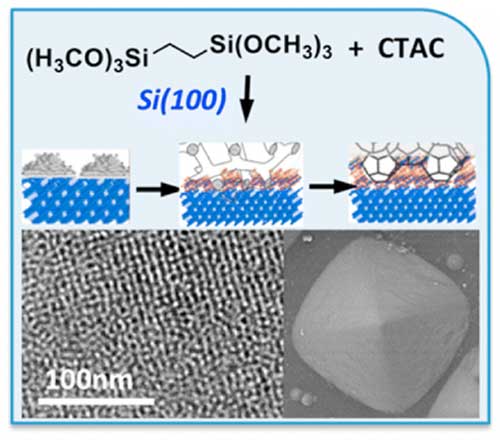 One-pot technique creates structures with potential for more efficient manufacturing and energy storage.
One-pot technique creates structures with potential for more efficient manufacturing and energy storage.
Jan 23rd, 2017
Read more Scientists have cleared up a key process for the artificial production of silk.
Scientists have cleared up a key process for the artificial production of silk.
Jan 23rd, 2017
Read more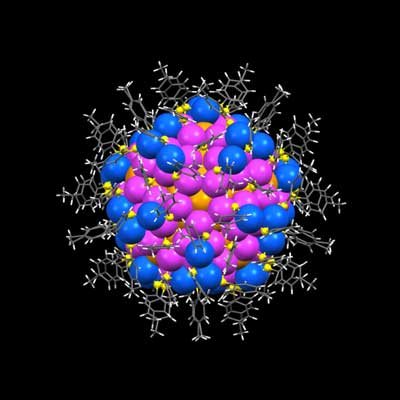 Study reveals the structure of the largest gold nanoparticles to-date and the self-assembly mechanisms behind their formation.
Study reveals the structure of the largest gold nanoparticles to-date and the self-assembly mechanisms behind their formation.
Jan 23rd, 2017
Read more Biomedical engineers report they have worked out a noninvasive way to release and deliver concentrated amounts of a drug to the brain of rats in a temporary, localized manner using ultrasound.
Biomedical engineers report they have worked out a noninvasive way to release and deliver concentrated amounts of a drug to the brain of rats in a temporary, localized manner using ultrasound.
Jan 23rd, 2017
Read more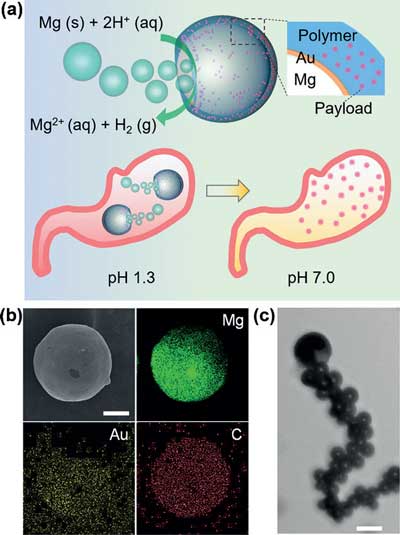 Micromotors neutralize gastric acid and release drugs depending on pH.
Micromotors neutralize gastric acid and release drugs depending on pH.
Jan 23rd, 2017
Read more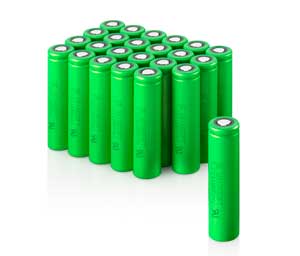 Computational approach uncovers best materials to coat cathodes of lithium-ion batteries.
Computational approach uncovers best materials to coat cathodes of lithium-ion batteries.
Jan 23rd, 2017
Read more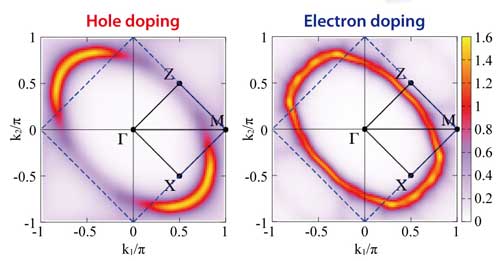 An organic transistor could be an ideal system for exploring the mysterious origin of high-temperature superconductivity.
An organic transistor could be an ideal system for exploring the mysterious origin of high-temperature superconductivity.
Jan 20th, 2017
Read more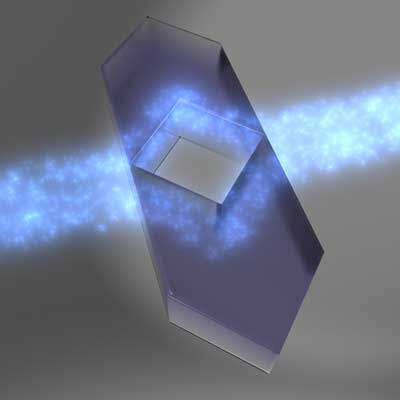 Scientists have come up with a new invisibility cloak capable of concealing objects in diffusive atmospheres, not just in permanent light, made possible by the cloaks developed so far, but also in any kind of light. Their work, which establishes the bases to render undetectable, for example, a plane in the fog or a submarine in the sea.
Scientists have come up with a new invisibility cloak capable of concealing objects in diffusive atmospheres, not just in permanent light, made possible by the cloaks developed so far, but also in any kind of light. Their work, which establishes the bases to render undetectable, for example, a plane in the fog or a submarine in the sea.
Jan 20th, 2017
Read more A researcher has combined cutting-edge nanoscience with a magnetic phenomenon discovered more than 170 years ago to create a method for speedy medical tests.
A researcher has combined cutting-edge nanoscience with a magnetic phenomenon discovered more than 170 years ago to create a method for speedy medical tests.
Jan 19th, 2017
Read more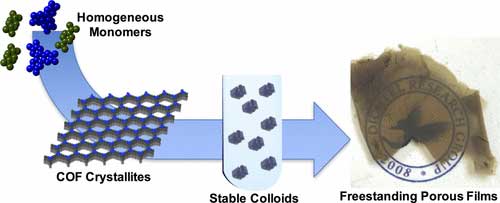 Nanomaterials can store all kinds of things, including energy, drugs and other cargo.
Nanomaterials can store all kinds of things, including energy, drugs and other cargo.
Jan 19th, 2017
Read more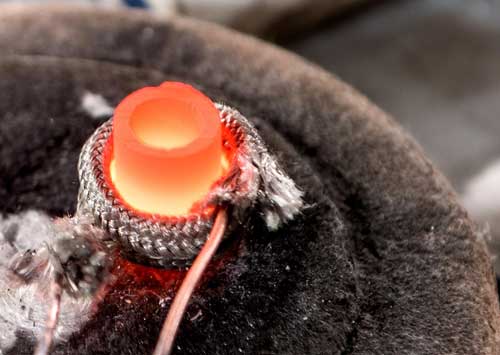 A simple technique for producing oxide nanowires directly from bulk materials could dramatically lower the cost of producing the one-dimensional nanostructures.
A simple technique for producing oxide nanowires directly from bulk materials could dramatically lower the cost of producing the one-dimensional nanostructures.
Jan 19th, 2017
Read more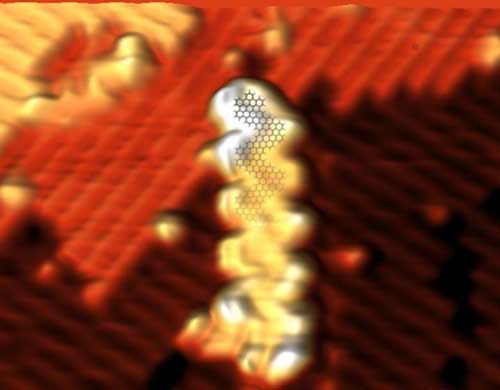 Researchers have demonstrated the first important step toward integrating atomically precise graphene nanoribbons onto nonmetallic substrates.
Researchers have demonstrated the first important step toward integrating atomically precise graphene nanoribbons onto nonmetallic substrates.
Jan 19th, 2017
Read more Researchers have proposed a theory-based approach to characterize a class of metals that possess exotic electronic properties that could help scientists find other, similarly-endowed materials.
Researchers have proposed a theory-based approach to characterize a class of metals that possess exotic electronic properties that could help scientists find other, similarly-endowed materials.
Jan 19th, 2017
Read more